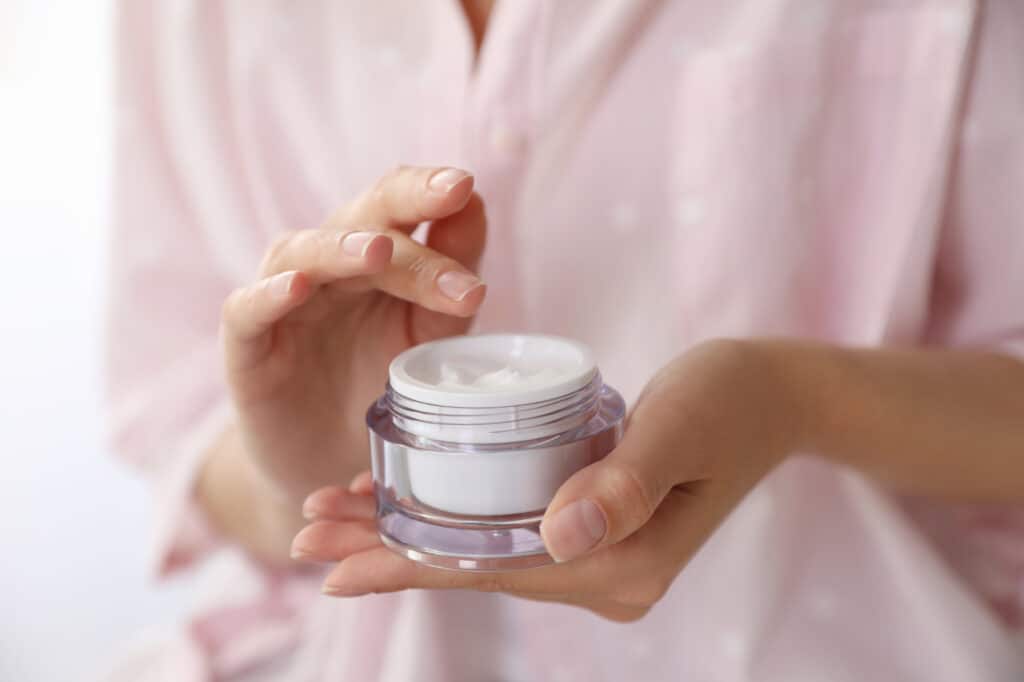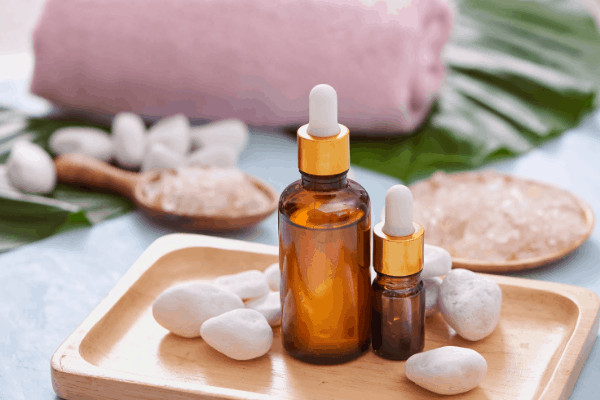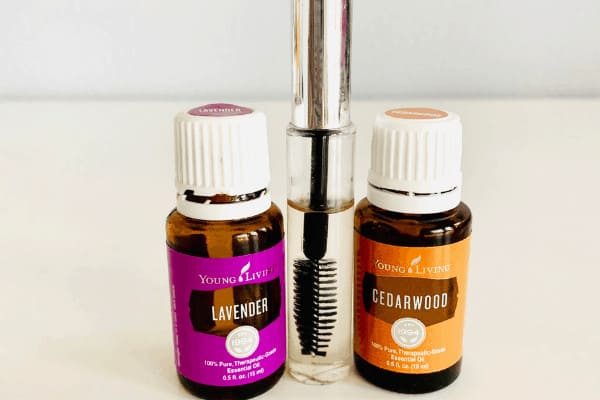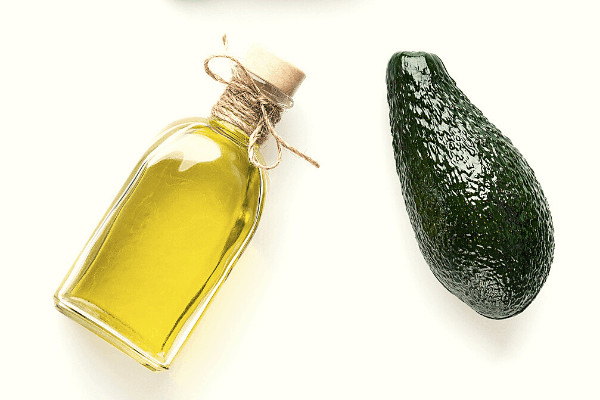The problem with most beauty routines is that they’re designed for people who don’t exist. You know the ones—those elaborate 12-step morning rituals that assume everyone has an extra hour before work and unlimited counter space for products.
Real beauty routines need to fit into actual lives. That means accounting for rushed mornings, exhausted evenings, limited budgets, and the reality that motivation fluctuates. A routine that works is always better than a perfect routine that gets abandoned after three days.
Start With What You’ll Actually Do
Building a routine starts with honesty about your lifestyle and habits. If you’re not a morning person, an elaborate AM skincare routine isn’t going to happen consistently. If you hate removing makeup, a 10-step cleansing process will get skipped more often than not.
Look at your current habits—the things you already do without thinking. Brush your teeth twice daily? That’s an anchor point for adding skincare. Always shower at night? Perfect time for body care. Building new habits onto existing ones works better than creating entirely new routines from scratch.
Start smaller than feels necessary. One new habit at a time. Get that established before adding another. People who successfully maintain routines didn’t wake up one day doing everything—they built gradually over time.
The Non-Negotiables Come First
Every routine needs its foundation—the absolute basics that make the biggest difference. For most people, that’s cleansing, moisturizing, and sun protection for the face. Everything else is optional enhancement.
These basics don’t need to be complicated. A gentle cleanser that removes makeup and doesn’t strip your skin. A moisturizer that feels comfortable and keeps your skin from feeling tight. An SPF that you’ll actually wear because it doesn’t feel gross. That’s it.
Once these basics become automatic, then consider adding targeted treatments for specific concerns. But getting the foundation solid matters more than any fancy serum or trending ingredient.
Time-Saving Strategies That Actually Work
The biggest barrier to consistency is usually time, or the perception of not having enough of it. But most effective routines take less time than people spend scrolling social media before bed.
Multi-tasking products save genuine time. Tinted moisturizers with SPF combine three steps into one. BB creams or CC creams do similar work for minimal-makeup days. These aren’t compromises—they’re smart choices for busy schedules.
For nails, keeping them maintained with regular filing and quality Nail Polish that lasts means less frequent complete redos. A good base coat and top coat extend wear time significantly, turning a twice-weekly task into a once-weekly one.
Shower routines offer efficiency opportunities too. Hair masks can sit while you do everything else. Body exfoliation happens during the shower rather than requiring separate time. Moisturizing damp skin right after showering takes the same time as moisturizing dry skin but works better.
Adapting to Your Energy Levels
Some days have more time and energy than others. Building flexibility into your routine prevents the all-or-nothing thinking that derails consistency.
Create a minimal version for low-energy days. Maybe that’s just micellar water and moisturizer instead of your full cleansing routine. Maybe it’s a quick five-minute face instead of your usual makeup. Having these stripped-down versions ready prevents skipping everything when time or energy is short.
Weekend routines can differ from weekday ones. More time for hair masks, at-home manicures, or face masks. Using weekends for higher-maintenance tasks keeps weekday routines manageable.
The Budget Reality
Beauty routines fail when they’re financially unsustainable. Starting with expensive products across every category leads to one of two problems—either running out of money or refusing to replace empty products because they’re too costly.
Prioritize spending on the products that touch your skin most often and have the biggest impact. A good daily moisturizer matters more than a weekly face mask. Quality base and top coat for nails extends the life of any polish you use.
Budget options work perfectly well for many categories. Makeup removers, cotton pads, basic tools—these don’t need premium versions. Save money here to spend on the products where quality makes a noticeable difference.
Creating Sustainable Storage and Organization
Products scattered across bathroom drawers never get used consistently. What you can’t see or easily reach gets forgotten, regardless of how good it is.
Keep daily essentials visible and accessible. That probably means bathroom counter or medicine cabinet, not a drawer you have to dig through. Morning products in one spot, evening products in another if that helps your routine flow.
Get rid of products you don’t actually use. That fancy serum you thought you’d love but never reach for? It’s just creating clutter and guilt. Clear it out. A smaller collection of products you actually use beats a large collection of guilt and wasted money.
Building the Habit Loop
Habits stick when they’re triggered by something you already do consistently. This is why “after brushing teeth” or “right after shower” work better than “sometime in the evening” as routine triggers.
Visual cues help too. Products on the counter remind you to use them. A basket of nail care supplies sitting out prompts weekly maintenance. Making the routine visible makes it easier to remember and follow through.
Track consistency for the first month if that helps you. A simple calendar check-mark for days you complete your routine can provide motivation and show patterns about when you’re most likely to skip.
When Your Routine Needs Adjusting
Routines should evolve as your life does. What worked beautifully in your twenties might not suit your forties. What fit your schedule as a student might not work with a demanding job or young children.
Seasonal adjustments make sense too. Summer routines differ from winter ones. Holiday periods might call for minimal maintenance rather than your usual routine. This isn’t failure—it’s adaptation.
If you find yourself consistently skipping certain steps, that’s information. Either the product isn’t right, the timing doesn’t work, or maybe you don’t actually need that step. Listen to what your behavior is telling you rather than forcing yourself to maintain something that doesn’t fit.
The Real Goal
The point of a beauty routine isn’t perfection—it’s consistency with what makes you feel good and takes care of your skin, hair, and nails. A simple routine followed regularly beats an elaborate one done sporadically.
Start small, build gradually, and focus on habits you can actually maintain. That’s how beauty routines work in real life rather than just looking good written down or photographed for social media. The best routine is the one you’ll still be doing six months from now.






I need a better beauty routine. I hate taking forever, so I’m always looking for something quick. I try to do the routine before bed!
I have a hard time sticking to beauty routines. I have been doing my facial laser in the morning as I walk around the home. So it has become a part of my fitness also.
These are great tips for building a beauty routine. I know I am really horrible at sticking to a skincare routine….the faster the better!
That is a great idea to use beauty products that combine 3 steps in one . I also have to watch my budget too.
Such amazing skin care tips and routine to have flawless, healthy and younger skin that can boost our confidence
I would never be able to do one of those 12 steps beauty routines. Mine has a maximum of 3 steps, and even that I find it takes too long. But it has to be done, for hydration and moisturizing.
I love how you have emphasized having a realistic and sustainable beauty routine. Focusing on consistency, practicality, and habits you can actually maintain makes self-care feel much more achievable. Having a lot of steps to follow daily doesn’t work for many.
I love how you make building a beauty routine feel both accessible and meaningful, especially with the emphasis on natural ingredients and listening to what your skin (or hair) actually needs. Your advice reminds me that beauty doesn’t have to be complicated to feel like self-care.
I am so guilty of not being consistent with my beauty routine, so I truly appreciate the strategies you shared. I agree with you that using quality nail polish makes a difference.
I am pretty b ad with my routine LOL…. and just toss it into the mix when I shower and get ready each morning. I should spend some time on my beauty routine in the evening too as I am sure it will boost my results. Thank you for these tips!